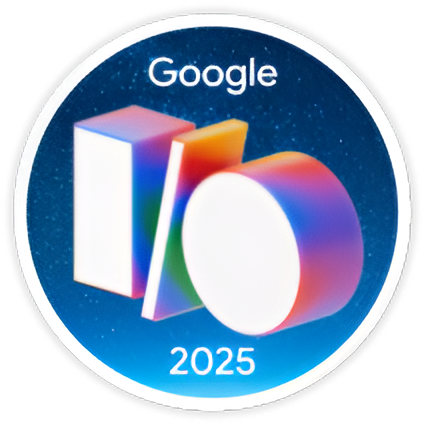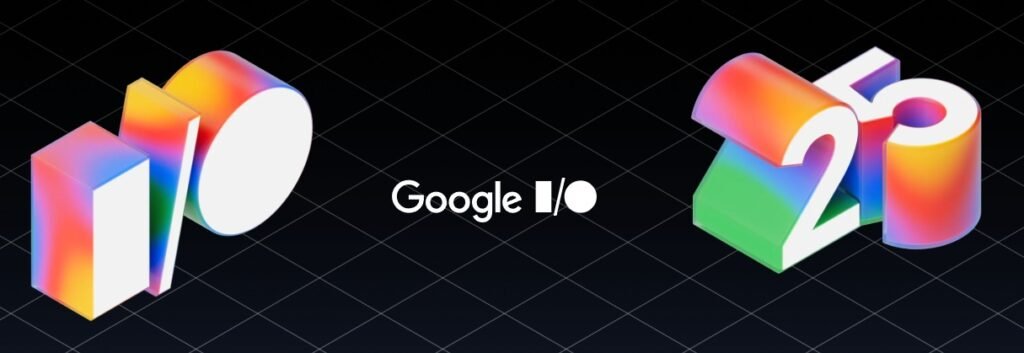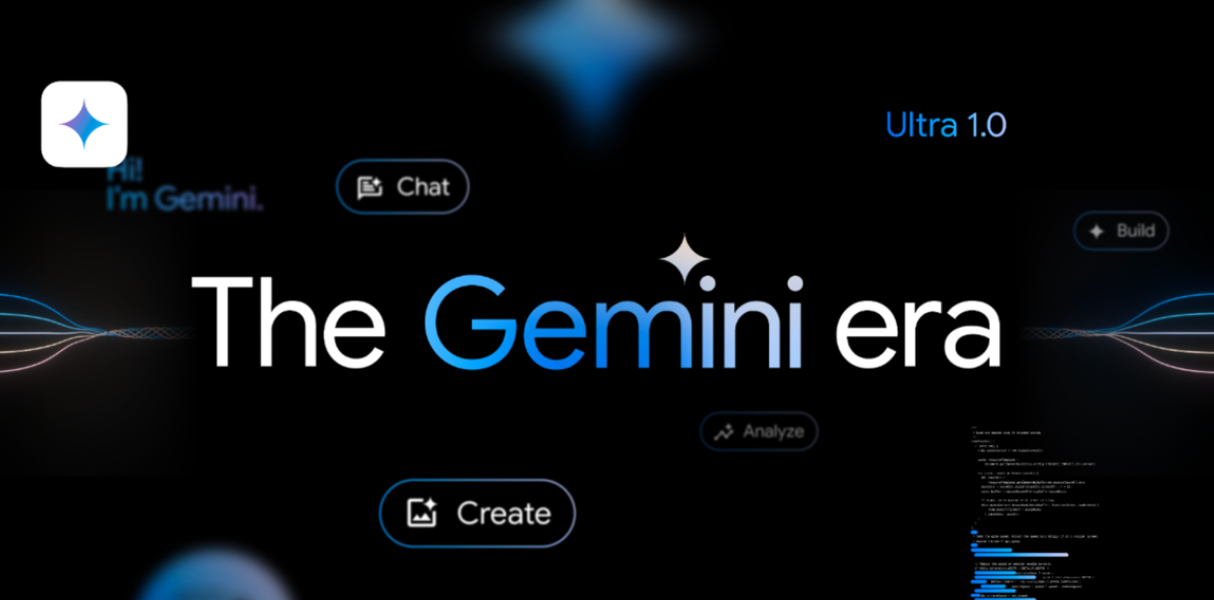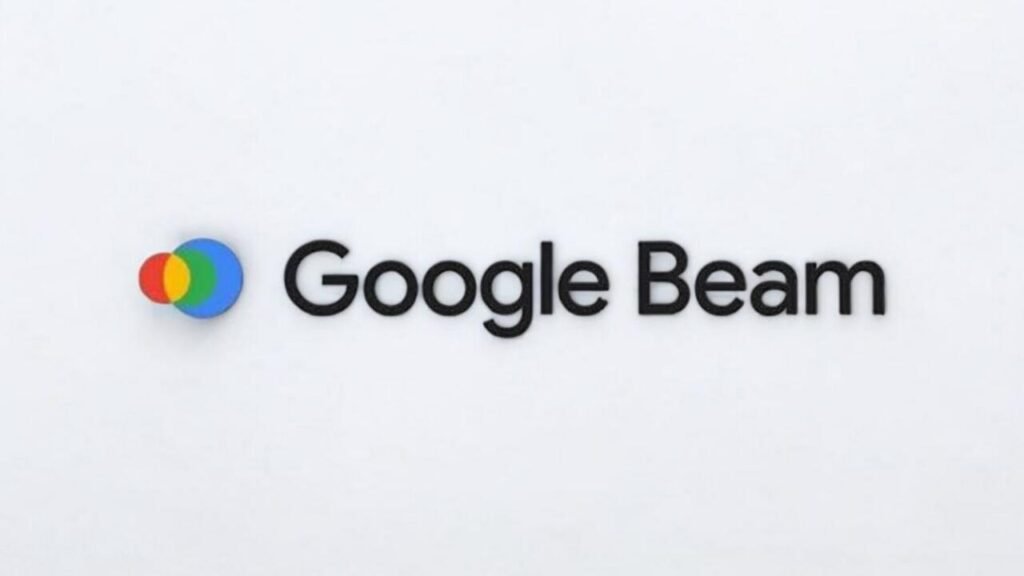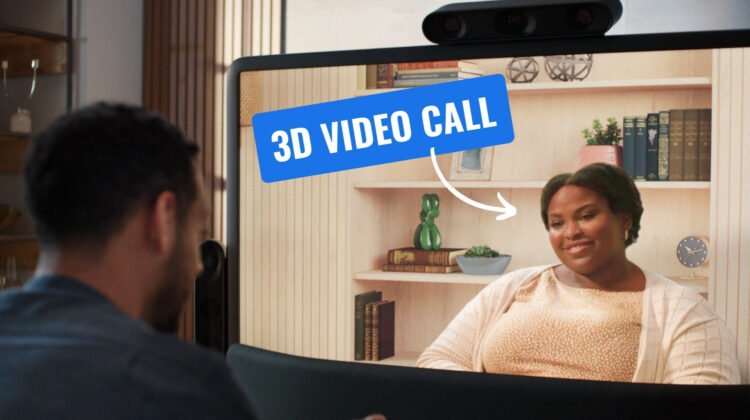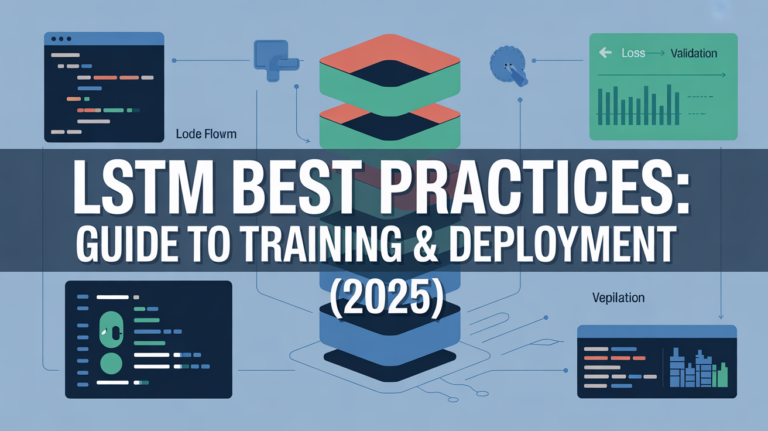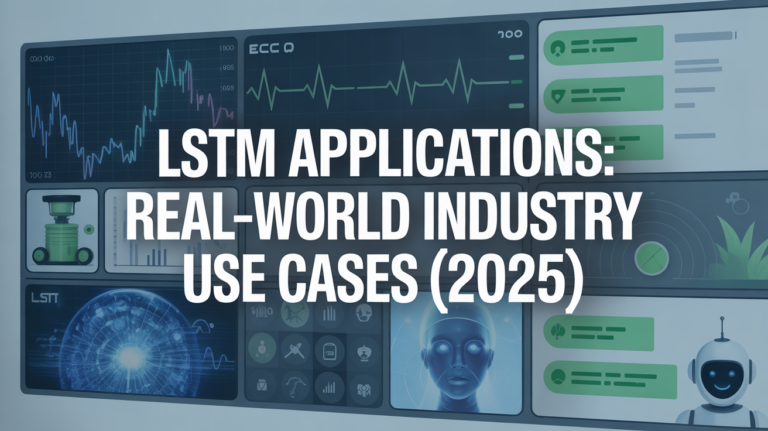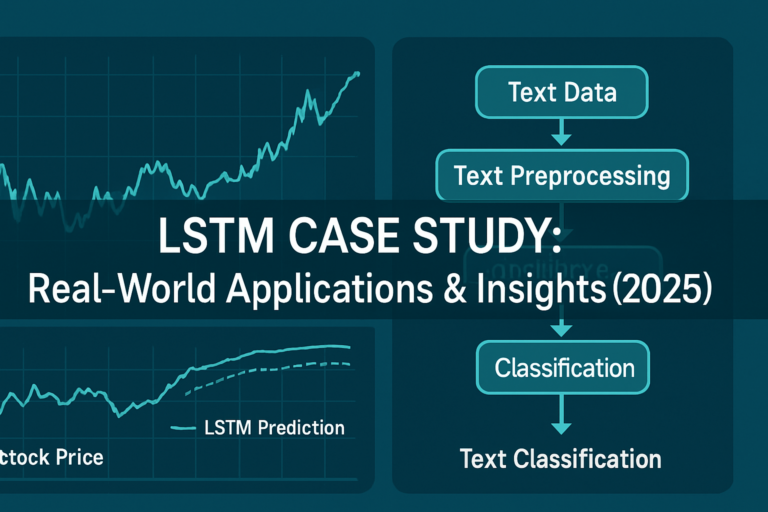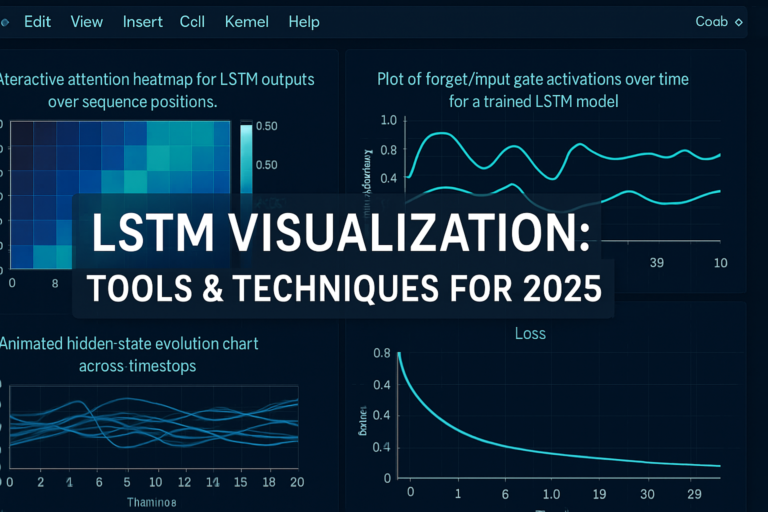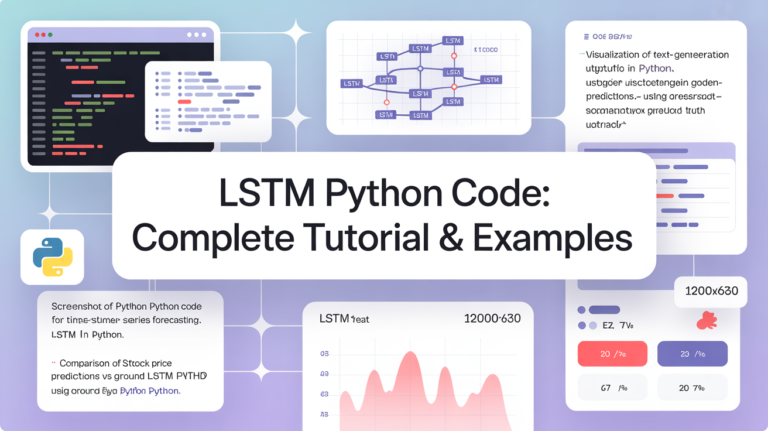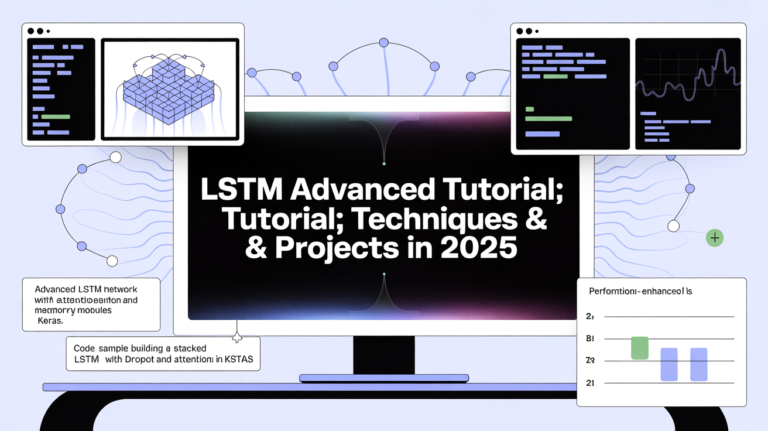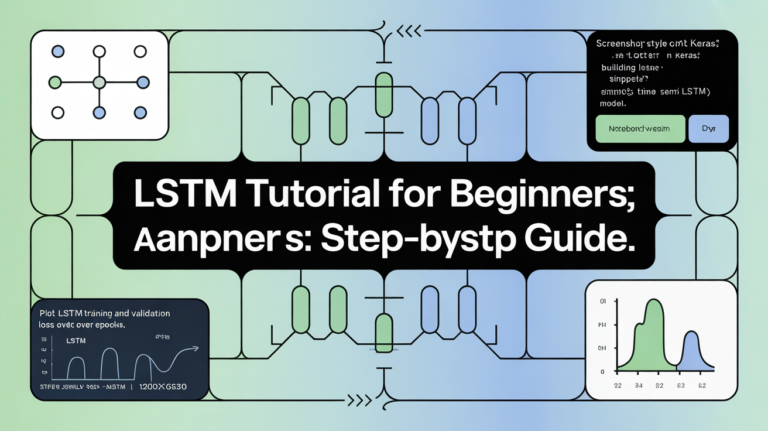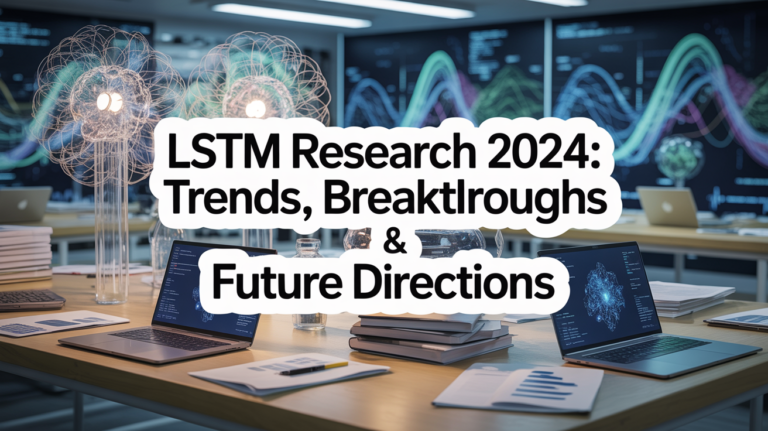Google I/O 2025 just wrapped up, and let me tell you – this wasn’t your typical developer conference. While everyone expected the usual AI updates and incremental improvements, Google delivered bombshells that left even the most seasoned tech analysts scrambling to update their predictions. From groundbreaking hardware partnerships to revolutionary privacy features, this year’s event redefined what we thought we knew about Google’s direction.
Revolutionary AI Announcements That Broke the Internet
Gemini Ultra 2.0: The Game-Changing Multimodal AI
If you thought Gemini was impressive, Gemini Ultra 2.0 will blow your mind. This isn’t just an incremental update – it’s a complete reimagining of what AI can do. The new model doesn’t just understand text, images, and audio separately; it experiences them the way humans do, as interconnected streams of information.
During the live demo, Gemini Ultra 2.0 watched a cooking video, identified the recipe, calculated nutritional information, suggested dietary modifications for specific health conditions, and then ordered the ingredients online – all without any prompting beyond “help me make this healthier.” The speed and contextual understanding demonstrated capabilities that researchers thought were still years away.
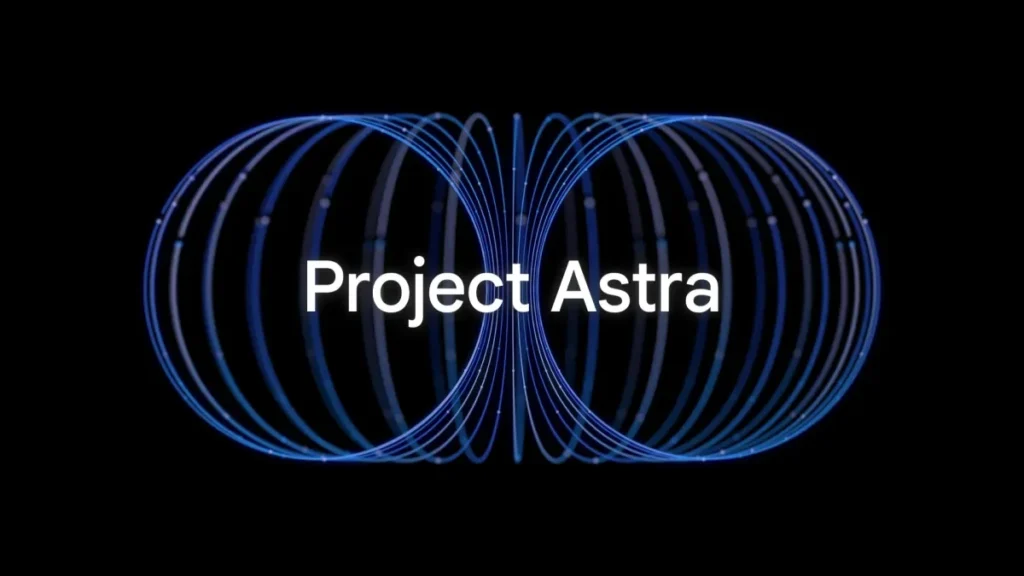
Project Astra's Surprising Real-World Applications
Remember Project Astra from last year? Google just revealed they’ve been quietly testing it in real-world scenarios that nobody expected. The biggest surprise? Project Astra has been helping coordinate emergency response efforts in several major cities, working alongside first responders to optimize resource allocation during crises.
The examples shared were both impressive and moving. During a recent wildfire, Project Astra analyzed satellite imagery, weather patterns, and ground reports to predict fire spread with 94% accuracy, helping evacuate communities hours before traditional methods would have identified the threat. In urban areas, it’s been coordinating ambulance routes in real-time, reducing emergency response times by an average of 23%.
Google Beam: The Future of Communication
Perhaps the most jaw-dropping announcement of Google I/O 2025 was something nobody saw coming – Google Beam, a revolutionary communication platform that redefines what we think of as video calling. This wasn’t just another video chat upgrade; it’s a complete reimagining of how humans connect across distances.
3D Video Calls: A New Dimension in Connectivity
Imagine sitting across from someone who’s actually 3,000 miles away, but you can see the texture of their clothing, notice when they lean forward with interest, and even make eye contact that feels genuinely real. That’s Google Beam in action – 3D video calls that create presence so convincing that your brain forgets the other person isn’t physically there.
Using an array of sensors and cameras that work with existing smartphones and laptops, Google Beam captures depth information and creates real-time 3D models of participants. The technology doesn’t just show you a flat video of someone; it reconstructs their physical presence in your space. You can walk around the holographic projection, see them from different angles, and experience body language cues that traditional video calls completely miss.
Potential Applications in Various Industries
Google Beam isn’t just changing personal communication; it’s revolutionizing entire industries in ways that were previously impossible. The applications demonstrated at I/O 2025 showed just how transformative this technology could be across different sectors.
What This Means for Competitors ?
Google I/O 2025 didn’t just set new benchmarks; it moved the goalposts entirely. Apple, Microsoft, and other tech giants now face the challenge of responding to innovations they didn’t see coming and capabilities they didn’t know were possible.
The privacy features put pressure on Apple’s primary differentiator, while the AI capabilities make everyone else’s assistants feel primitive by comparison. The hardware partnerships create new competitive dynamics that will force industry realignments.
Most significantly, Google has demonstrated that they’re not just following trends – they’re creating them. This proactive approach puts competitors in the uncomfortable position of constantly reacting rather than innovating.
Looking Forward: The Roadmap Ahead
Google I/O 2025 wasn’t just about announcing current products; it provided glimpses of a future that’s arriving faster than anyone expected. The technologies demonstrated today will be in consumers’ hands within months, not years.
The implications extend far beyond Google’s ecosystem. The open standards initiatives, environmental commitments, and developer tools will influence the entire tech industry’s direction. We’re not just seeing Google’s future; we’re seeing everyone’s future.
As we process everything announced at I/O 2025, one thing is clear: the next few years in technology will be more exciting, more surprising, and more transformative than we dared to imagine. Google didn’t just exceed expectations; they redefined what’s possible.
Conclusion - Google I/O 2025
Google I/O 2025 will be remembered as the conference that changed everything. From AI that manages real businesses to hardware that transforms before your eyes, from privacy features that surpass Apple to environmental commitments that turn data centers into climate solutions – Google delivered surprises that nobody saw coming.
The real impact isn’t just in the individual announcements, but in how they work together to create a vision of technology that’s more capable, more responsible, and more human than we thought possible. This wasn’t just a product launch; it was a demonstration that the future is arriving ahead of schedule.
Our Blogs
Discover more from Neural Brain Works - The Tech blog
Subscribe to get the latest posts sent to your email.

